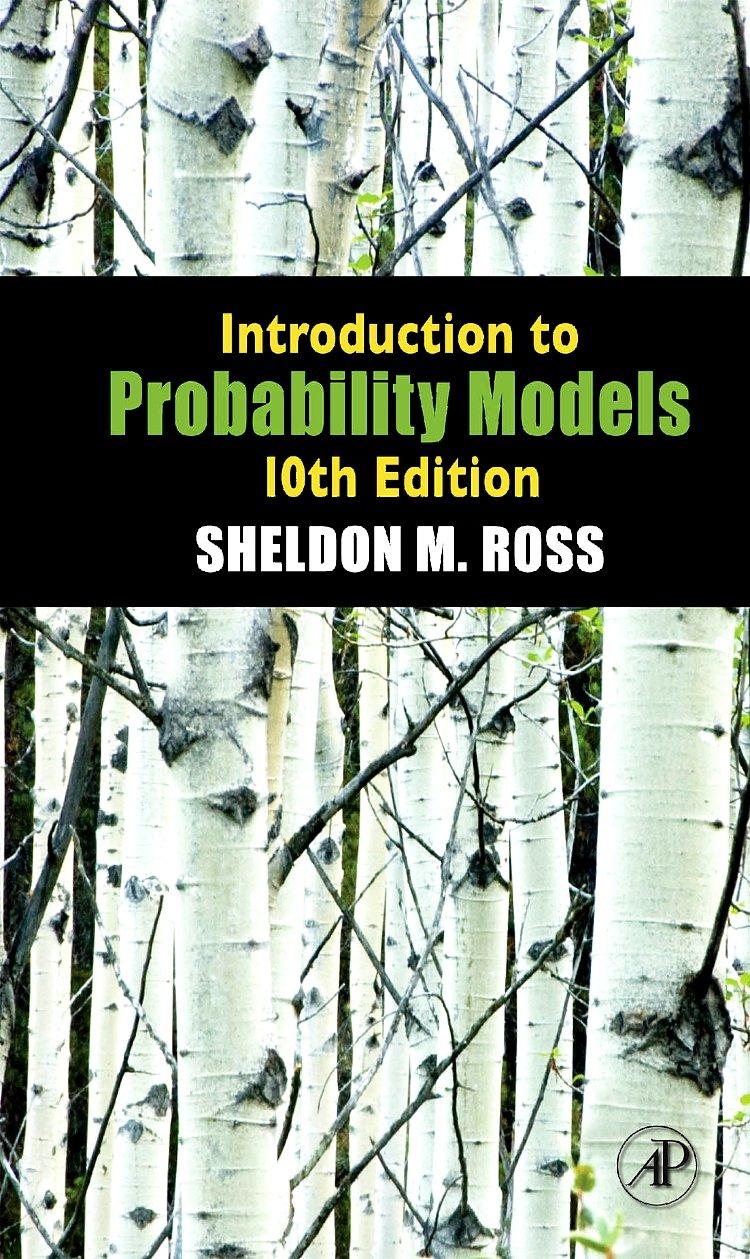33. Consider two M/M/1 queues with respective parameters i ,i , i = 1, 2. Suppose they...
Question:
33. Consider two M/M/1 queues with respective parameters λi ,μi , i = 1, 2. Suppose they share a common waiting room that can hold at most three customers. That is, whenever an arrival finds her server busy and three customers in the waiting room, she goes away. Find the limiting probability that there will be n queue 1 customers and m queue 2 customers in the system.
Hint: Use the results of Exercise 28 together with the concept of truncation.
Fantastic news! We've Found the answer you've been seeking!
Step by Step Answer:
Related Book For 

Question Posted:






